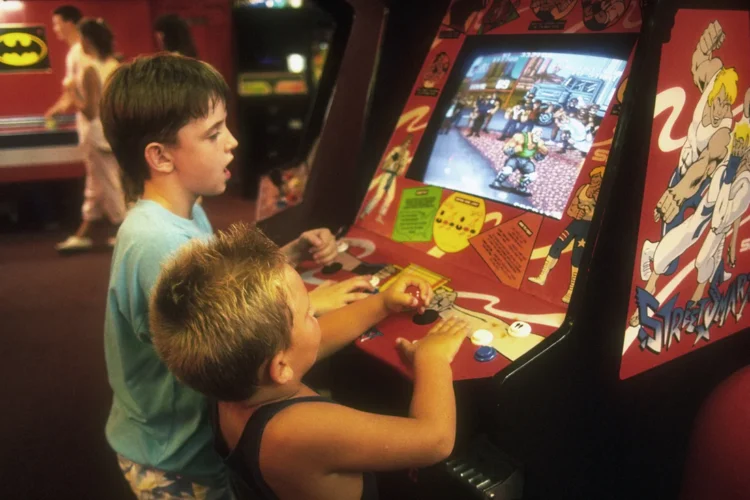In the bustling world of education, finding innovative and engaging methods to teach children programming skills is akin to uncovering hidden treasures. One such gem in the realm of education is the use of arcade games.
These classic games, with their captivating graphics and addictive gameplay, offer a unique platform for nurturing coding abilities in young minds.
In this article, we’ll explore why arcade games serve as an effective tool for teaching kids to code, delving into the educational benefits, the intrinsic appeal of gaming, and practical applications in the learning environment.
Page Contents
The Marriage of Fun and Learning
At first glance, the idea of using arcade games to teach coding for kids may seem counterintuitive. After all, aren’t games supposed to be purely for entertainment?
The beauty lies in the seamless integration of fun and learning. Arcade games provide an immersive environment where children can experiment, make mistakes, and learn from them—all while having a blast.
Hands-On Learning Experience
One of the most significant advantages of using arcade games as a teaching tool is the hands-on learning experience they offer. Unlike traditional coding exercises, which can often feel abstract and disconnected from real-world applications, arcade games provide tangible outcomes for the code children write.
They can see the immediate effects of their programming decisions in action, whether it’s controlling a character’s movement, implementing game mechanics, or designing levels.

Source: wintrustsportscomplex.com
Immediate Feedback Loop
Arcade games excel in providing an immediate feedback loop—a crucial element in effective learning. When children write code for a game, they can quickly test it out and see how it performs. If something doesn’t work as expected, they can tweak the code and observe the changes in real-time.
This iterative process fosters a deeper understanding of coding concepts as children actively engage with the material, troubleshooting, and problem-solving along the way.
Fostering Creativity and Problem-Solving Skills
Creativity and problem-solving are essential skills in both coding and game development. Arcade games offer an ideal platform for nurturing these skills, as children are encouraged to think critically and creatively to overcome challenges within the game.
Whether it’s designing new game mechanics, optimizing performance, or debugging code, the process of creating an arcade game fosters a mindset of innovation and resourcefulness.

Source: arcadesaustralia.com
Making Learning Enjoyable
One of the primary reasons arcade games are such effective teaching tools is their innate ability to make learning enjoyable. Children are naturally drawn to games, captivated by the colorful graphics, engaging storylines, and interactive gameplay.
By harnessing this inherent motivation, educators can create a positive learning environment where children are eager to explore and experiment with coding concepts.
Building a Foundation for Future Learning
Introducing children to coding through arcade games lays a solid foundation for future learning and development. The skills they acquire—such as problem-solving, logical thinking, and computational thinking—are not only applicable in programming but also transferable to various aspects of their academic and professional lives.
Moreover, by instilling a passion for coding at an early age, educators can inspire the next generation of innovators and technologists.





